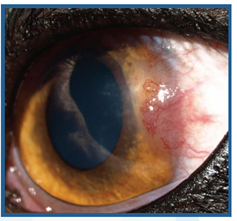Chronic Superficial Keratitis
What is Chronic Superficial Keratitis (CSK)?
CSK, commonly called pannus, is a slowly progressive disease of the canine cornea. This disease is characterized by pigmentation, vascularization, and opacification across an otherwise clear cornea. A form of this disease can also affect the third eyelid and is termed plasmoma. CSK is seen predominantly in the German shepherd dog and greyhound, but infrequently can occur in other breeds.
Causes
The exact mechanism is unknown, but several factors are involved. Since certain breeds are more prone to the disease, genetic predisposition is suggested. Ultraviolet (UV) radiation plays a role in inciting and proliferating the disease. It is also common for dogs living at higher altitudes (where exposure to UV light is greater) to be more severely affected. The immune system is also a factor in causing the disease. Lastly, an allergic-type reaction to environmental allergens or against the cornea itself may be involved in the disease process.
Symptoms
The most common clinical sign is pigment and corneal vessels spreading across the cornea, causing a visible discoloration. Normally, changes will begin at the outside or bottom corner of the cornea and move inward. Occasionally, the change can occur across the entire cornea and cause vision loss. Changes such as mucoid discharge, reddening, thickening, and pigment loss of the third eyelid characterize a subclass of CSK, called plasmoma.
Diagnosis
Clinical signs may be enough for diagnosis. It is necessary to rule out other diseases that can be similar in appearance, as the treatment can be much different. In some cases, performing cytology will aid in diagnosis.
Treatment
There is no cure for CSK, but progression of the disease can be prevented with long term medications and prevention from UV light. The goal with medical treatment is to control the growth of blood vessels and pigment across the cornea. These may include steroids or T-cell inhibitors or a combination of both. Initially frequent drop administration is necessary, but over time can be decreased to only once or twice a day ongoing therapy. Dogs on long-term medications should be monitored to prevent secondary changes. In very severe cases surgery may be recommended initially to reduce scarring already present on the cornea.
Monitoring
The condition waxes and wanes throughout life, so periodic recheck exams are indicated to ensure that the patient is on the most appropriate therapy and frequency.


